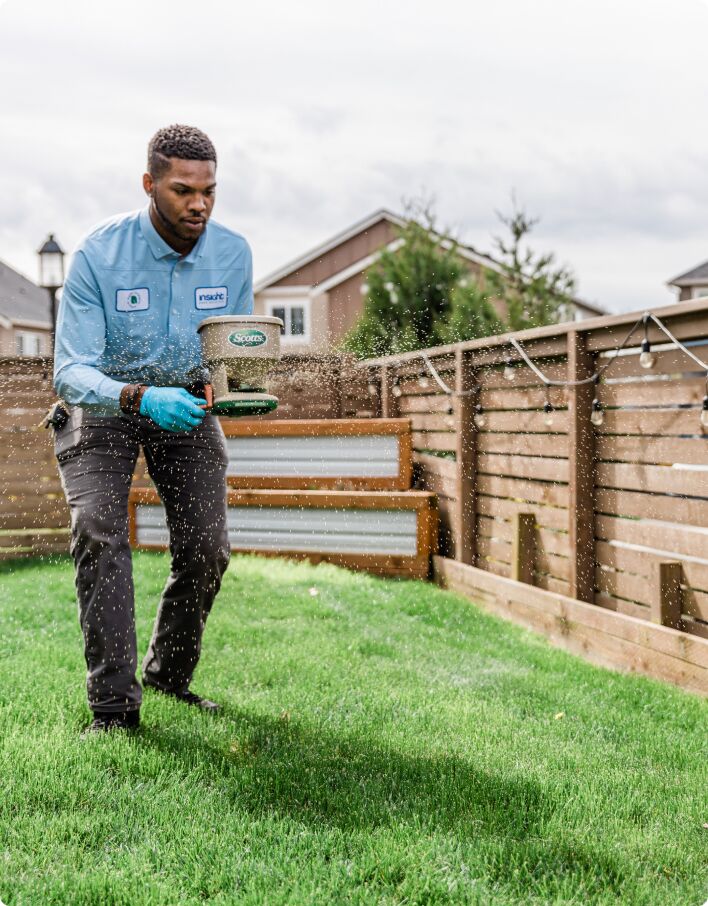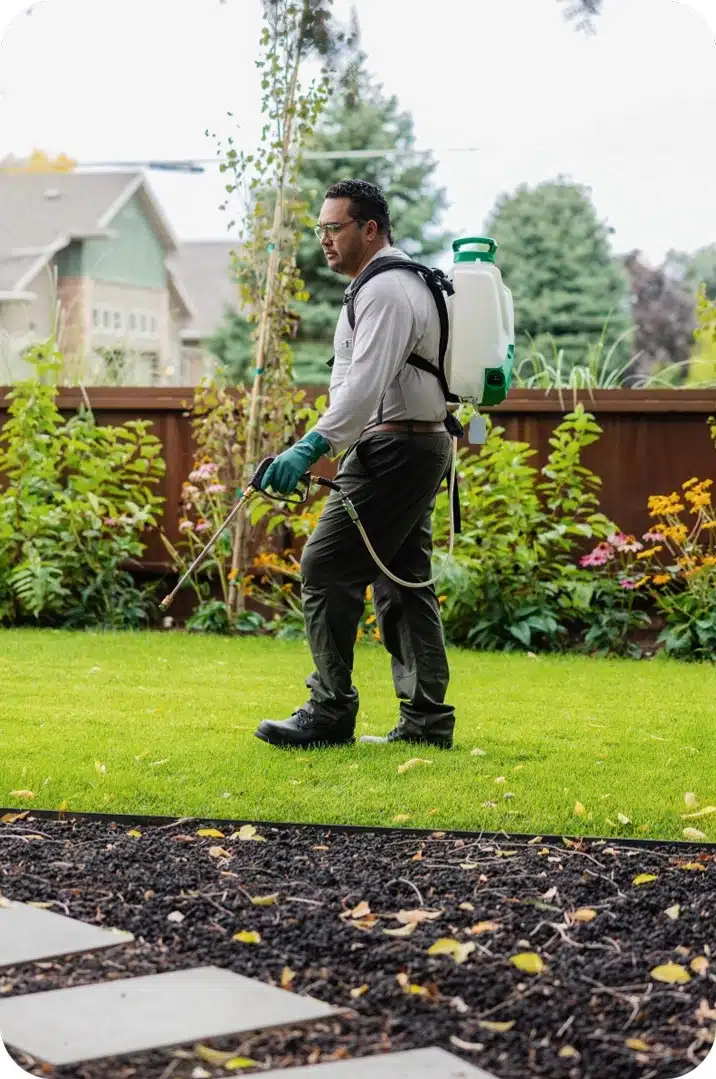A1 Residential Pest Control Portland OR Bed Bugs - Shield Your Home
Wiki Article
Efficient Insect Control Solutions: A Comprehensive Look at Extermination Techniques and Prevention Steps
In the world of insect control services, the effective administration of invasions calls for a meticulous technique that integrates various strategies and procedures for both obliteration and avoidance. From Integrated Bug Administration (IPM) techniques that focus on sustainable remedies to chemical extermination strategies created for targeted elimination, the toolbox versus insects is diverse and substantial.
Integrated Insect Monitoring (IPM) Approaches
Integrated Pest Management (IPM) Strategies incorporate a thorough strategy to pest control that concentrates on tracking, control, and prevention techniques to efficiently manage pest populations. By incorporating different methods, IPM aims to lessen the effect of insects while likewise minimizing the reliance on chemical pesticides. Avoidance exists at the core of IPM, highlighting practices like correct cleanliness, maintenance of hygiene, and securing entrance indicate hinder bugs from infesting buildings. Surveillance plays a critical duty in IPM by consistently checking and identifying pest degrees to determine the proper intervention thresholds. Control methods in IPM focus on using physical, organic, and cultural methods prior to turning to chemical therapies as a last resource. These strategies include presenting natural killers, habitat modification, and utilizing capturing gadgets to maintain insect populaces in check. Overall, IPM cultivates a eco mindful and lasting approach to pest administration, promoting long-term services that guard both human health and the environment.Chemical Elimination Techniques
Chemical elimination strategies are commonly utilized in bug control solutions to successfully remove bug populaces that pose a threat to human wellness and property. These strategies entail the usage of different chemical compounds particularly developed to target and eliminate insects such as bugs, rats, and other unwanted creatures. The application of chemicals, pesticides, rodenticides, and various other chemical representatives is carefully managed to make certain optimum efficiency while reducing risks to people, animals, and the environment.Among the crucial advantages of chemical elimination methods is their capability to provide fast and targeted results, making them specifically beneficial in situations of severe invasions or urgent parasite control needs - a1 portland bed bug exterminator. However, it is necessary to highlight the importance of correct handling, application, and disposal of these chemical products to avoid unplanned damage
Furthermore, incorporated pest administration (IPM) approaches commonly combine chemical elimination strategies with various other approaches such as cleanliness, environment adjustment, and organic controls to create a detailed and sustainable bug control strategy. By integrating chemical elimination techniques sensibly within an IPM framework, bug control solutions can effectively handle bug populaces while minimizing prospective dangers to human health and the environment.
Biological Bug Control Methods
Utilizing natural predators and parasites to manage pest populations is a lasting technique recognized as organic bug control. a1 portland bed bug exterminator. One typical biological control method entails presenting all-natural opponents of the target insect species, such as ladybugs for aphid control or nematodes for termite problems.An additional efficient biological control strategy is making use of microbial pesticides. These are naturally occurring microbes, such as fungis, germs, and viruses, that especially target and infect particular bug species. By making use of these microbial representatives, insect populations can be successfully decreased without damaging helpful organisms or creating harm to the atmosphere.
Physical Pest Avoidance Measures
Carrying out physical pest prevention procedures involves using obstacles and structural alterations to deter bugs from infesting a residential or commercial property or getting in (a1 portland pest control bed bugs). One efficient technique is securing all potential entry factors such as voids around doors, windows, and energy penetrations. Installing door sweeps, displays on windows, and sealing fractures in the structure can help protect against bugs like pests and rodents from accessing inside your home. Additionally, maintaining a tidy and clutter-free atmosphere is critical as pests are attracted to food sources and hiding spots. On a regular basis checking and fixing any kind of broken displays, vents, or roof covering floor tiles can additionally aid in maintaining parasites out.An additional physical avoidance step is making use of a1 pest control in portland oregon bed bugs obstacles like fence to keep bigger bugs such as deer or raccoons away from the residential property. Setting up mesh or wire displays around gardens can shield plants from being harmed by pests. Proper waste monitoring, including securing trash bin with tight-fitting covers, is necessary in discouraging pests like rats, bugs, and raccoons. By executing these physical parasite prevention actions, residential property owners can dramatically decrease the risk of bug infestations and the damages they can create.
Professional Insect Inspection Procedures
Carrying out detailed and methodical insect examinations is a fundamental element of professional parasite monitoring procedures. Professional parasite assessors are educated to diligently examine residential properties for signs of infestations, identifying pest species, entrance points, and helpful problems.
Conclusion
In verdict, effective pest control solutions employ a selection of methods, consisting of Integrated Parasite Management methods, chemical elimination techniques, organic controls, and physical prevention actions. Specialist bug examination procedures play a critical role in recognizing and resolving pest issues in a timely way. By carrying out a mix of these strategies, homeowner can effectively manage and stop bug problems.From Integrated Bug Management (IPM) approaches that prioritize sustainable solutions to chemical elimination techniques made for targeted elimination, the toolbox versus pests is substantial and complex.Integrated Bug Monitoring (IPM) Techniques include a thorough method to pest control that concentrates on prevention, control, and monitoring techniques to effectively manage insect populations.Chemical elimination techniques are generally employed in parasite control solutions to properly get rid of pest populations that pose a danger to human wellness and residential or commercial property.Utilizing natural killers and bloodsuckers to manage bug populations is a sustainable technique understood as biological pest control.In verdict, reliable parasite control services use a selection of strategies, including Integrated Insect Monitoring techniques, chemical extermination techniques, biological controls, and physical avoidance actions.
Report this wiki page